When using an Argon Arc Welding Machine, it is very important to adjust the equipment to achieve the best welding results. The quality of welding is not only affected by the performance of the equipment itself, but also by the adjustment of many operating parameters. Here are some key adjustment methods that can help ensure the best welding quality:
The welding current (Amperage) determines the heat of the arc and the size of the molten pool. If the welding current is too low, it may result in an inadequate weld and insufficient joint strength; while if the current is too high, it may cause overheating, excessive welds, or unstable molten pools.
For thin materials, the current should be small; for thick materials, a higher current is required. Generally, the current setting should be about 1-1.5 amperes per millimeter of material thickness. For example, a 2mm thick stainless steel plate may require a current of about 80A, while a 10mm thick steel plate may require a current of about 200A.
Depending on the type and thickness of the welding material, choose the appropriate current range. For materials with good thermal conductivity such as aluminum and copper, a relatively high current may be required.
The welding voltage (Voltage) affects the arc length, molten pool depth, and welding speed. When the voltage is too low, the arc is short and unstable; when it is too high, it may cause the molten pool to be too large and the welding joint to be unsightly.
The voltage generally needs to be used in conjunction with the current and adjusted according to different welding modes. Normally, DC TIG welding is between 10V-15V, while AC TIG welding is slightly higher, usually between 15V-25V.
When adjusting, you can first set the appropriate current, and then adjust the voltage appropriately according to the arc stability, molten pool conditions and welding effect.
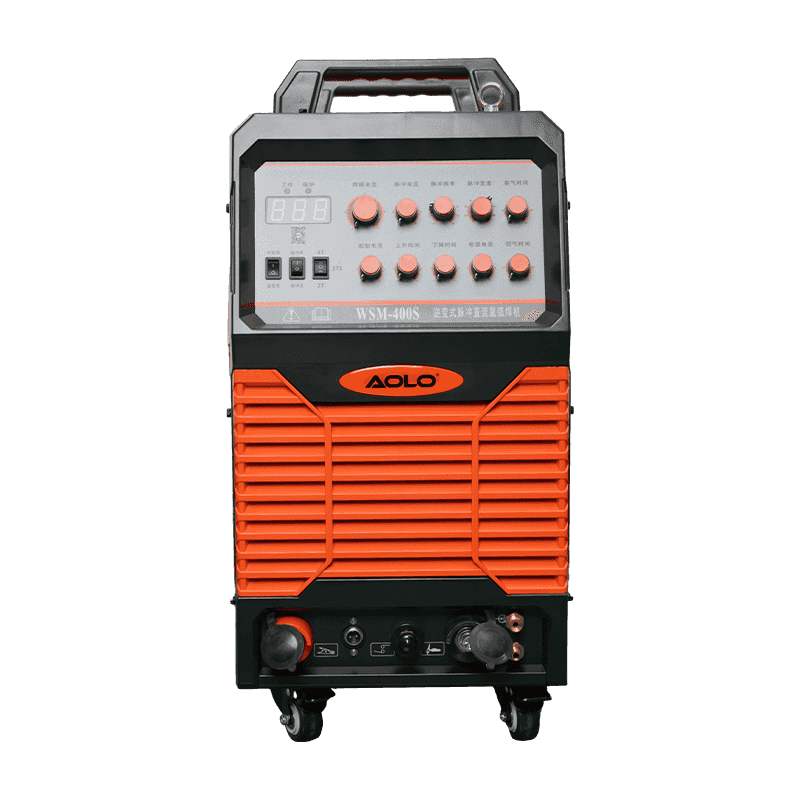 The welding speed has a direct impact on the welding quality. Too fast welding speed will cause the molten pool to not be fully melted and the weld joint strength to be insufficient; while too slow speed will cause the weld to be too wide and even overheating problems.
The welding speed has a direct impact on the welding quality. Too fast welding speed will cause the molten pool to not be fully melted and the weld joint strength to be insufficient; while too slow speed will cause the weld to be too wide and even overheating problems.
When welding thicker materials, increase the welding speed appropriately to ensure the filling effect of the molten pool; for thin materials, slow down the welding speed to avoid burning through the material.
Control the stability of the molten pool by adjusting the welding speed. The welding speed should fully guarantee the stability of the arc to avoid welding defects.
The flow rate of argon is very important to protect the welding area from oxidation contamination. If the argon flow rate is too low, the protection effect is poor, which is easy to cause welding defects such as pores and oxidation; while too high a flow rate may affect the stability of the arc and cause uneven welds.
Generally speaking, the flow rate of argon should be set between 8-15 liters/minute. For small diameter welding, a lower gas flow rate is required, while for larger welding, the gas flow rate needs to be appropriately increased.
If welding is done downhill or in a high temperature environment, the argon flow rate can be appropriately increased to prevent oxidation contamination. If working in a strong wind or airflow environment, the gas flow rate may need to be increased.
The distance between the welding gun and the workpiece (i.e., the arc length) is crucial to the stability of the arc and the formation of the molten pool. If the distance is too short, it is easy to cause a short circuit; if the distance is too long, the arc is unstable and the molten pool cannot be controlled.
In general, the length of the arc should be controlled between 2-4mm. The specific length can be fine-tuned according to the actual operation to ensure the stability of the arc.
When welding, the welding gun should maintain an appropriate angle with the workpiece surface. It is generally recommended to maintain an angle of about 15°-20° with the welding direction to ensure the stability of the arc and the welding quality.
Choose the right welding mode and waveform
TIG welding machines usually support a variety of welding modes and waveforms, suitable for different materials and welding requirements. Choosing the right mode and waveform can help achieve better welding results.
When welding materials such as aluminum alloys, AC TIG is usually used to remove the oxide layer; while DC TIG is usually used when welding materials such as stainless steel and carbon steel.
Sine waves are suitable for traditional aluminum alloy welding, while square waves are suitable for more precise aluminum alloy welding, especially on thinner materials.
The selection of welding electrodes and filler materials directly affects the welding effect. Appropriate welding rods and filler materials can help provide better molten pool control, weld formation and welding strength.
For different materials, it is very important to choose the right tungsten electrode. Tungsten electrodes have different alloy compositions (such as pure tungsten, tungsten-cobalt alloy, tungsten-cerium alloy, etc.), which can be selected according to the welding material and welding environment.
The filler material should match the chemical composition of the welding material. For aluminum welding, aluminum alloy welding wire is generally used; for stainless steel, corresponding stainless steel filler wire can be selected.
During the welding process, if the welding area is overheated, it is easy to cause material deformation, too wide welding joints or cracks. Therefore, the temperature needs to be reasonably controlled during the welding process.
In the multi-pass welding process, overheating can be avoided by appropriate cooling intervals to ensure that the temperature of each weld is not too high.
Some materials need to be preheated before welding to reduce welding stress and prevent cracks. For some high-strength alloys or thick materials, post-heat treatment can effectively improve the welding quality.
The best welding effect can be obtained by reasonably adjusting the parameters of the argon arc welding machine, such as welding current, voltage, argon gas flow, welding speed, welding gun angle, and selection of filler materials. Each welding process needs to be adjusted according to the actual material, working environment and equipment conditions. Good welding technology, precise operation and appropriate equipment settings are the key to ensuring high-quality welded joints.



 English
English 中文简体
中文简体 Español
Español русский
русский
 The welding speed has a direct impact on the welding quality. Too fast welding speed will cause the molten pool to not be fully melted and the weld joint strength to be insufficient; while too slow speed will cause the weld to be too wide and even overheating problems.
The welding speed has a direct impact on the welding quality. Too fast welding speed will cause the molten pool to not be fully melted and the weld joint strength to be insufficient; while too slow speed will cause the weld to be too wide and even overheating problems.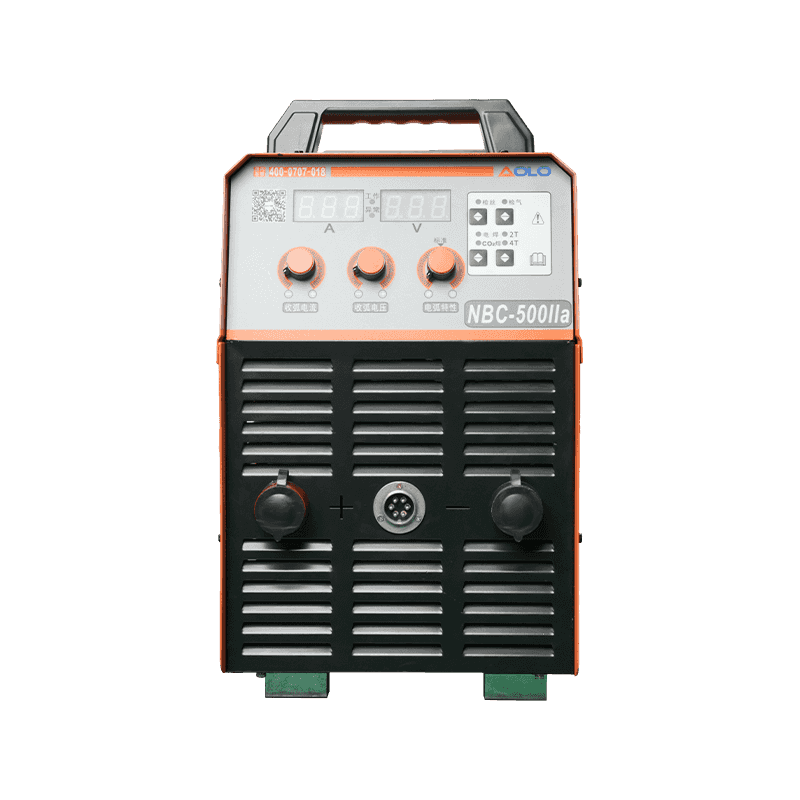
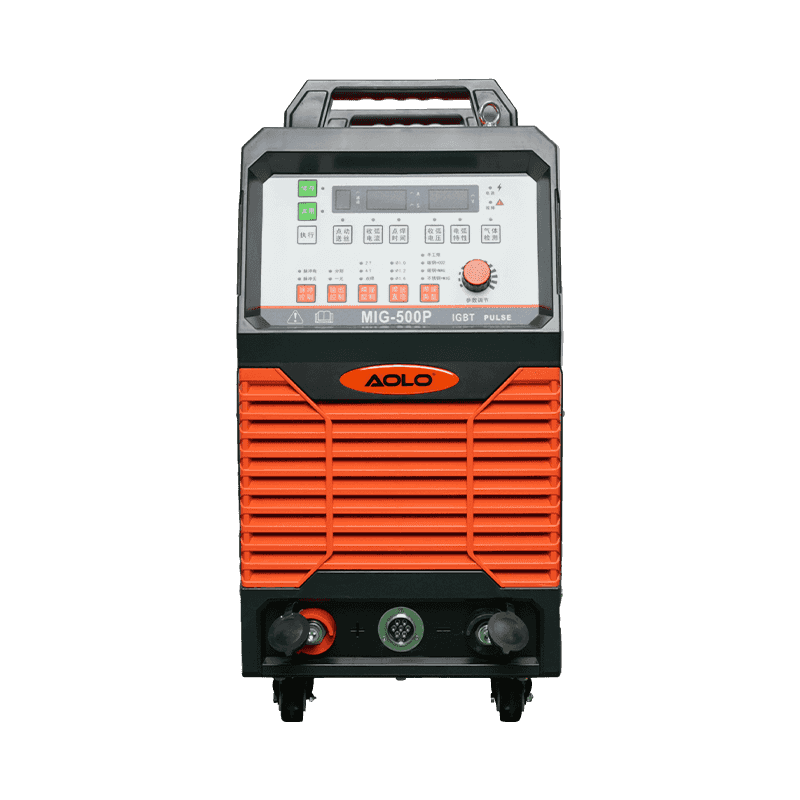
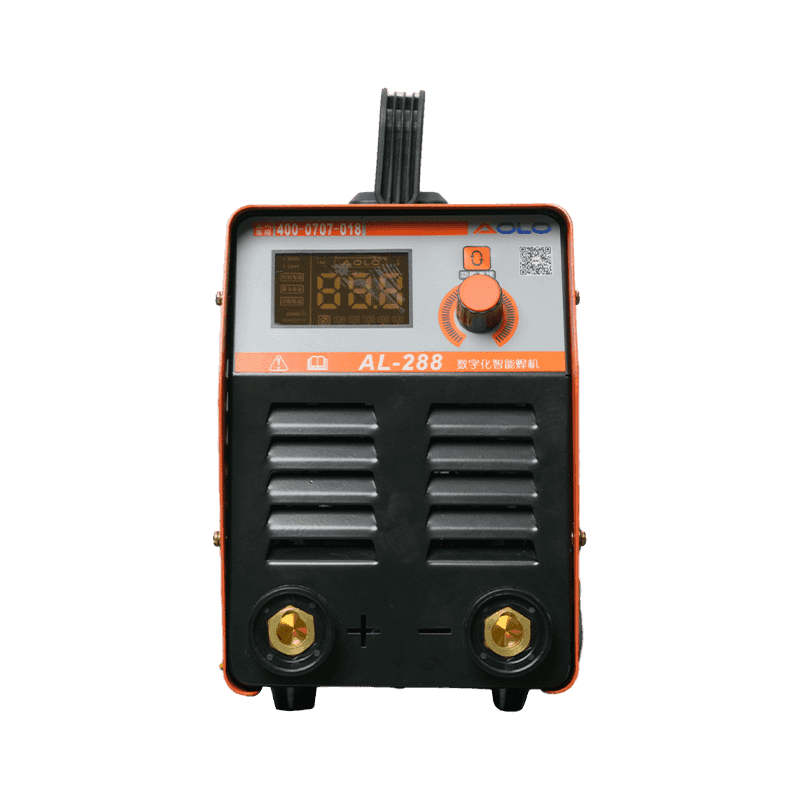
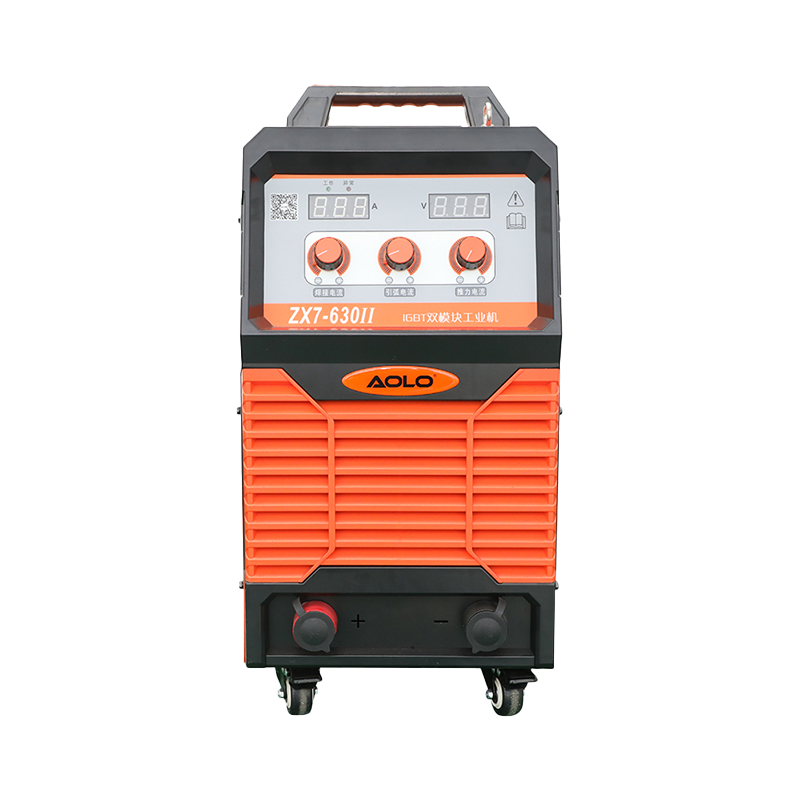
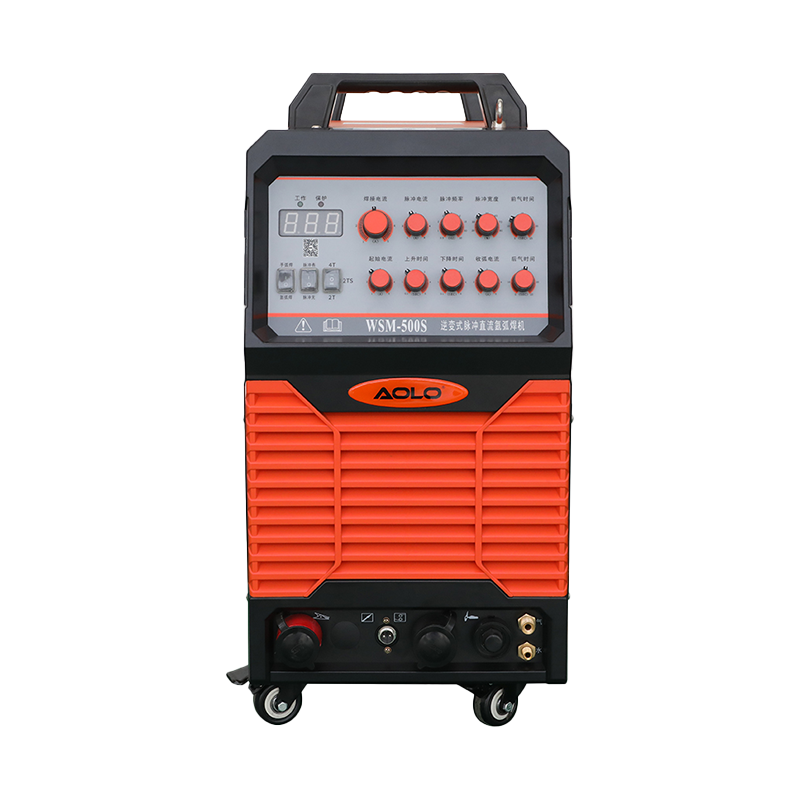

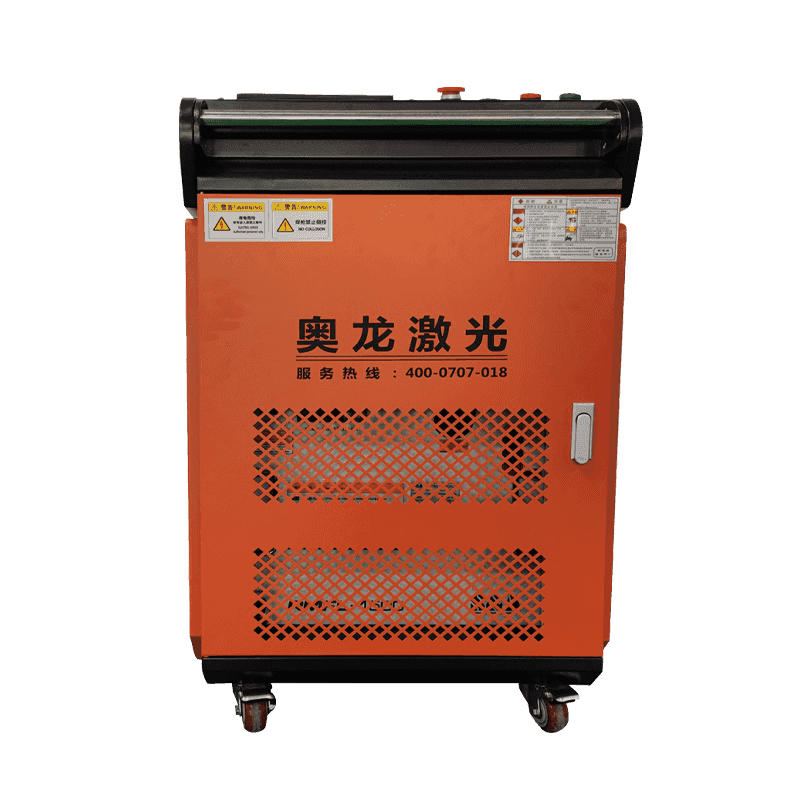
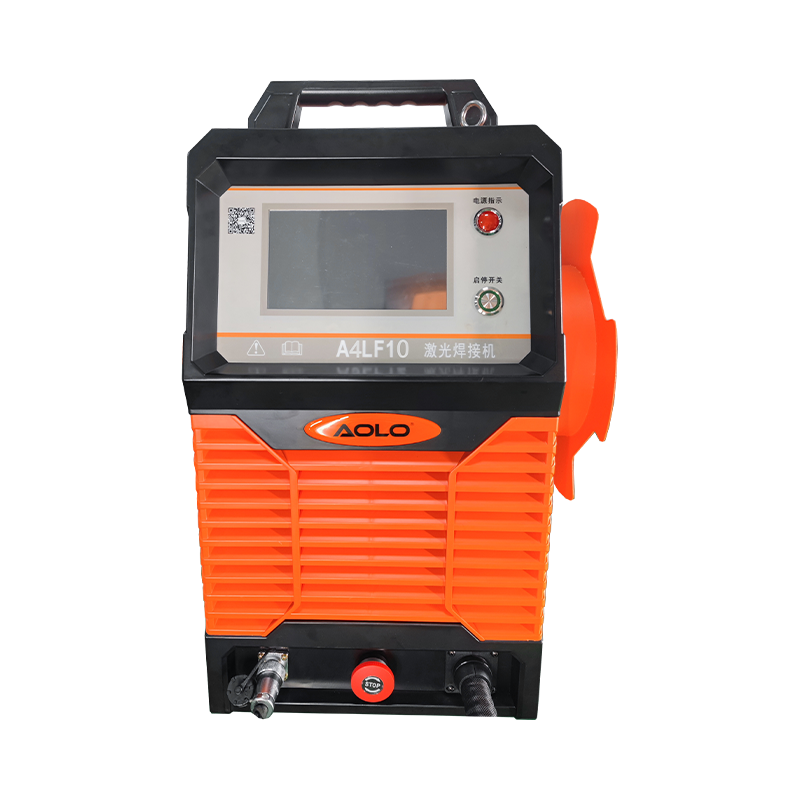
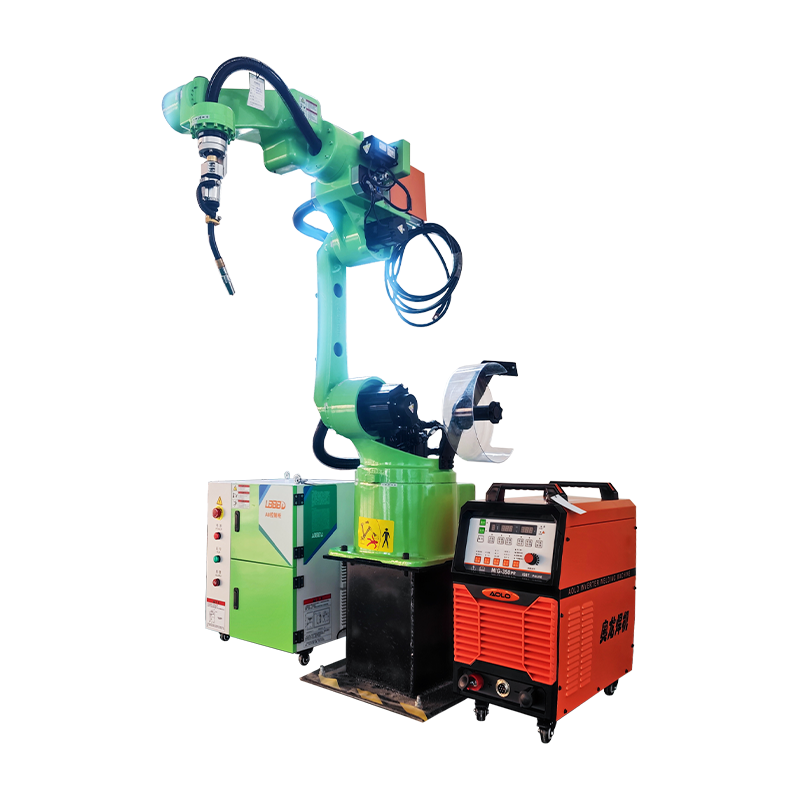








Contact Us